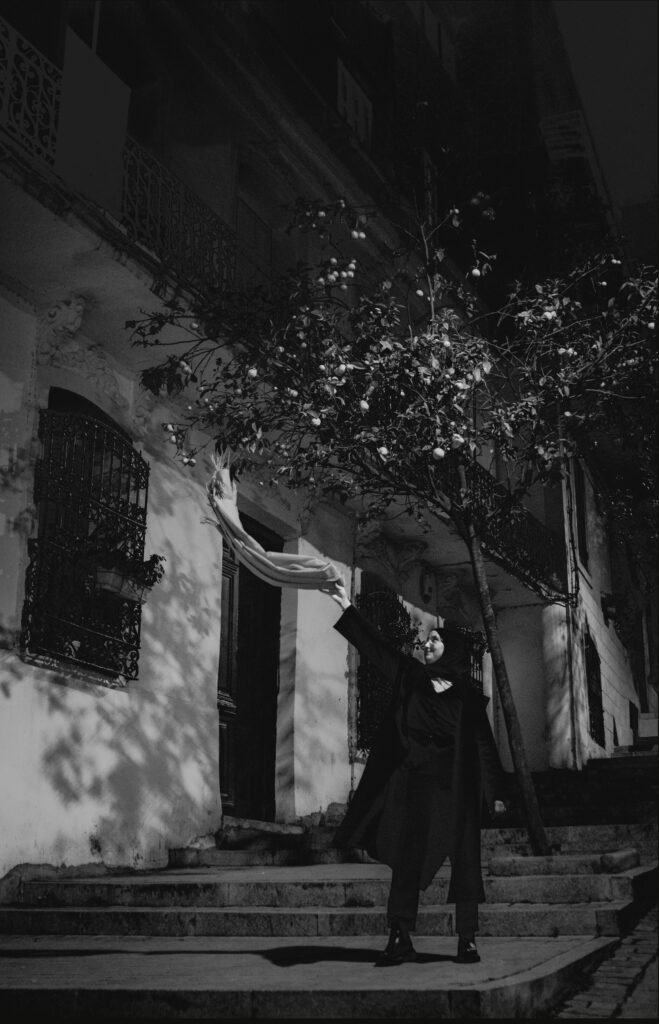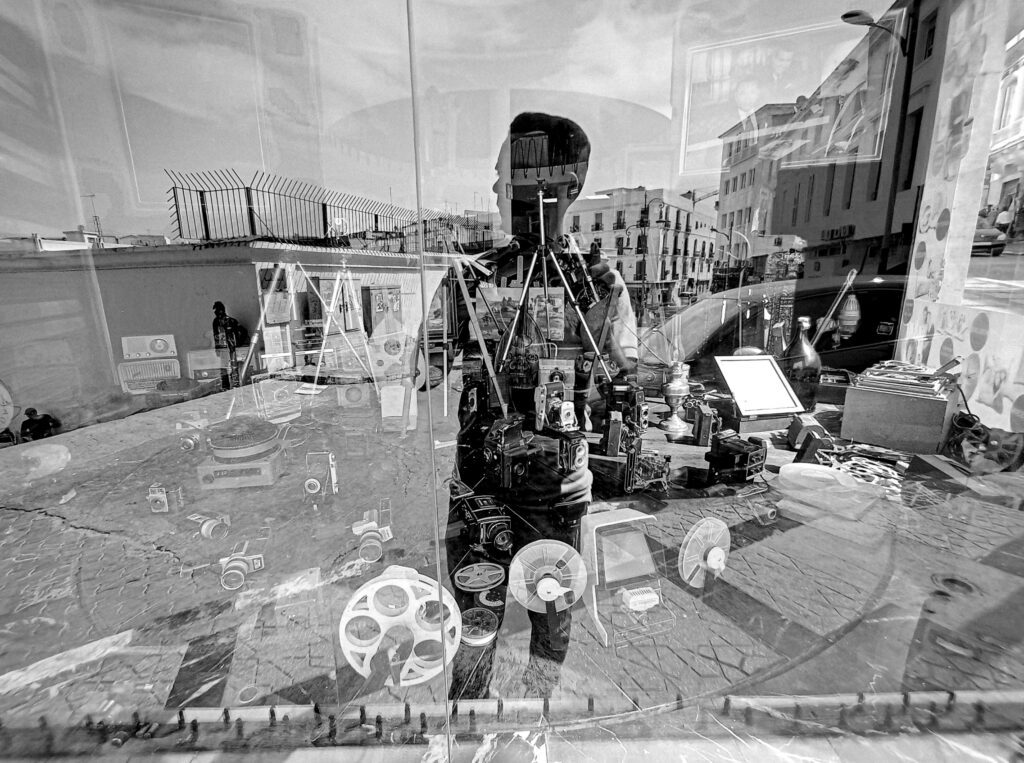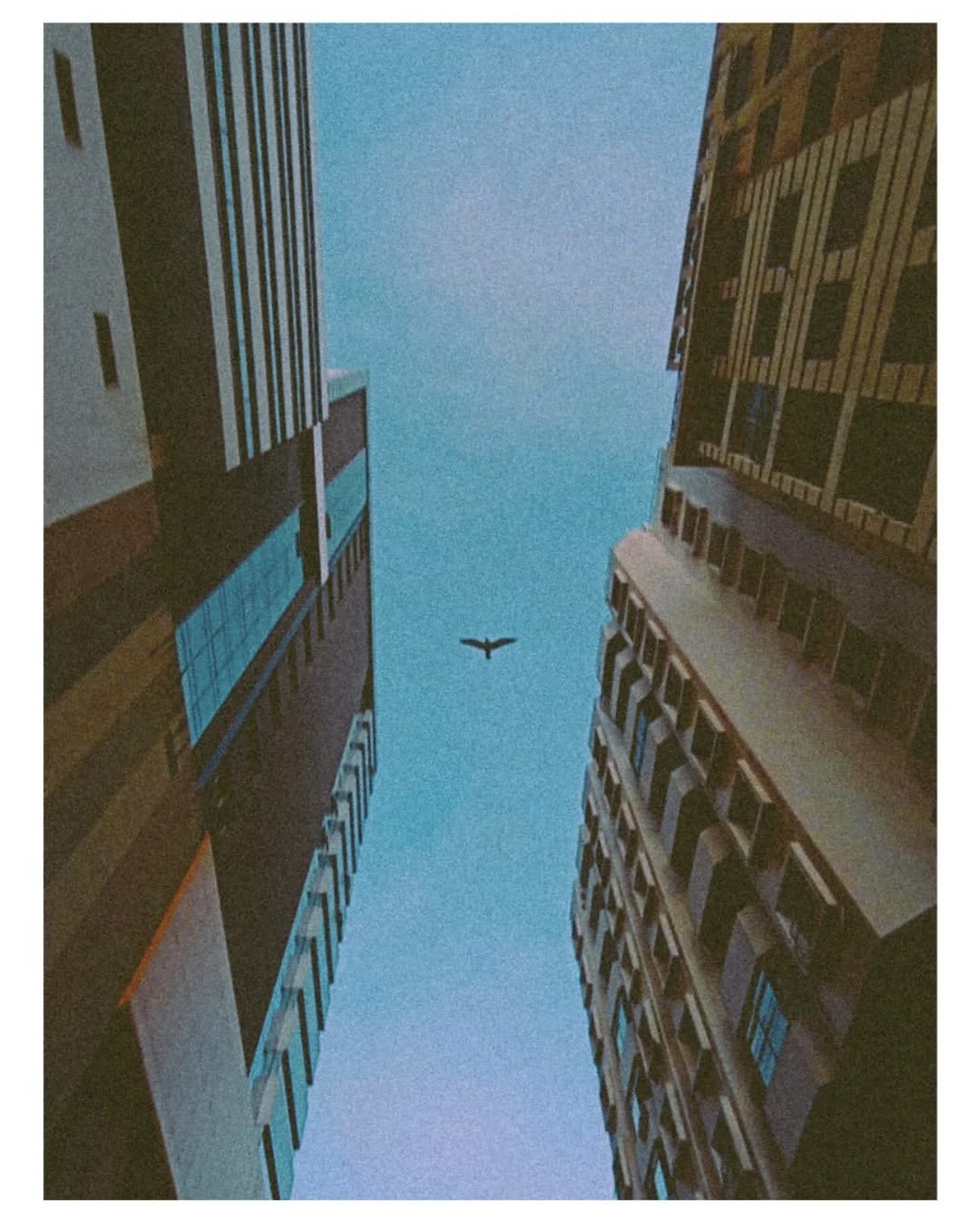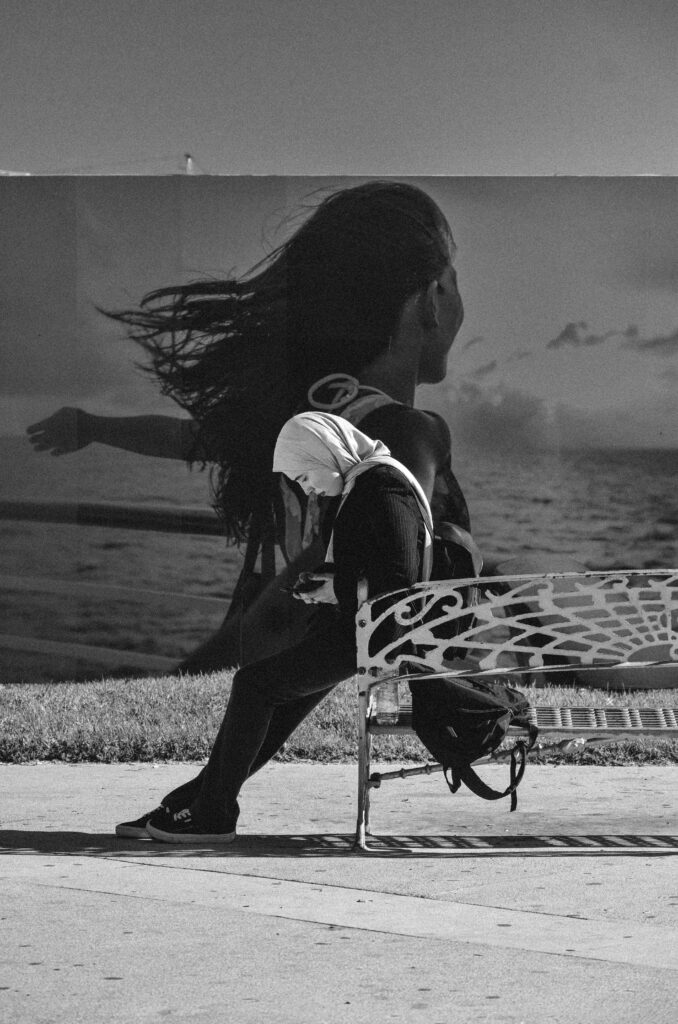Hamza Haimoune : Capturing Emotion, Memory, and Meaning
Photography, for Hamza Haimoune, is not merely a visual pursuit — it is a language of emotion, silence, and memory. His images breathe with a kind of quiet poetry, revealing the unseen rhythm of human connection. Through his nostalgic tones and painterly light, Hamza invites us into a world where the ordinary becomes sacred, where a fleeting glance or a passing shadow can hold the weight of time itself.
Hamza’s journey began long before he ever called himself a photographer. As a child, he was drawn to capturing the life that unfolded around him — family gatherings, the laughter of celebration, the warmth of togetherness. “I loved capturing family moments,” he recalls. “The kind of images where you can truly see if people are happy.” But it wasn’t until a small street gathering that his relationship with the camera shifted from curiosity to calling.
He remembers it vividly — an old man dancing alone to the crackling rhythm of a radio, smiling through tears while people passed him by. Hamza instinctively lifted his camera and clicked. When he looked at the photo later, something changed in him. “It was the first time I understood that photography can freeze feelings — joy, loneliness, and memory,” he says. That moment became the cornerstone of his artistic philosophy: photography as emotion, as empathy, as truth.
Between Story and Aesthetic
Hamza’s art exists in the delicate space between storytelling and beauty. He is not simply documenting life — he’s translating it. “I’m drawn to the stories that live behind the image,” he explains. His work searches for harmony — between light and color, composition and chaos, movement and stillness.
“For me, storytelling and beauty are inseparable,” he adds. Every frame he takes seems to balance intimacy with atmosphere, truth with texture.His images often feel like memories — soft, imperfect, and deeply human. His palette is washed in sepia warmth and gentle shadows, a color language that evokes nostalgia and cinematic calm. “I would describe my style as nostalgic and vintage,” Hamza says.
“I love tones that feel like memory — soft, imperfect, and full of emotion.”There’s a quiet tenderness in the way he photographs. Each image carries a pulse — a reminder that behind every frame is a heartbeat, a moment that once lived.In Hamza’s creative world, light is everything. It is the emotion that shapes each image, the element that transforms reality into reflection. “Light shapes emotion, the setting gives context, and people bring truth,” he says. Whether it’s the gentle gold of sunrise washing over a city street or the dim glow of a lamplight illuminating a mother’s face, Hamza treats light not as a tool but as a collaborator.
The Language of Light
His storytelling often unfolds in public spaces — streets, alleys, open fields — yet always feels deeply personal. “I try to capture the poetry in everyday life — in the streets, among people, in nature — where reality quietly becomes art.” His camera observes, but never intrudes. He waits for emotion to reveal itself, allowing light and human connection to guide his storytelling.
One of Hamza’s most meaningful photographs is of a mother and her child — a simple image of love and protection. But behind it lies a deeper story of care, sacrifice, and tenderness. “That image reminded me why I fell in love with photography in the first place,” he says. “It can hold entire worlds in one frame.”That philosophy echoes throughout his portfolio. Each photo feels like a small world — filled with atmosphere, memory, and emotion. His art doesn’t shout; it whispers. It asks us to pause, to feel, to remember.


City Life and the Evolving Lens
As Hamza’s vision continues to grow, his curiosity turns toward the pulse of the city — its rhythm, its chaos, its hidden humanity. “I’m deeply inspired by city life — the rhythm, the contrast, the emotions hidden in motion,” he shares. His next chapter focuses on exploring how urban spaces shape emotion, identity, and connection.
He photographs what he feels, not just what he sees. “Even in chaos, there’s beauty waiting to be seen,” he says. With every shot, Hamza searches for new ways to tell the human story — through light, texture, and the quiet details that others might overlook. Though his style remains rooted in nostalgia, his experimentation continues to evolve. “Photography allows me to express things I can’t put into words,” he reflects. “It gives voice to emotions and experiences through images.”

The Soul Behind the Lens
In a time where images flood our screens endlessly, Hamza’s work reminds us of something rare — sincerity. His photographs feel alive, beating with emotion and memory. Each frame is a testament to empathy and awareness, to the art of noticing. For Hamza Haimoune, photography is not just about capturing the world — it’s about connecting with it. His lens becomes a bridge between emotion and existence, between the fleeting and the eternal. And through his eyes, we are reminded that beauty is not found in perfection, but in presence — in the poetry of light.
Check Out More Icons Around The World
